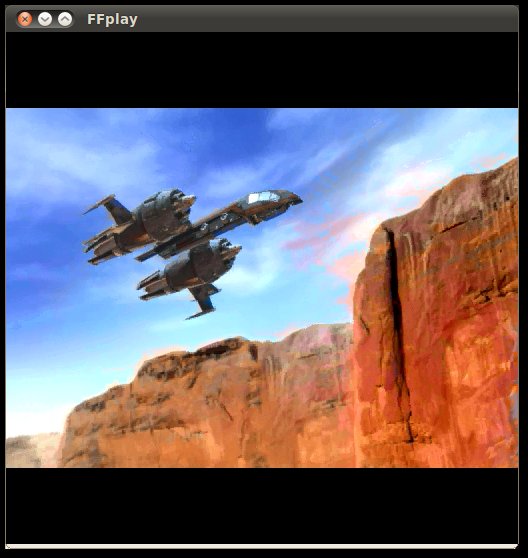Controversy arose last week when Google accused Microsoft of stealing search engine results for their Bing search engine. It was a pretty novel sting operation and Google did a good job of visually illustrating their side of the story on their official blog.
This reminds me of the fact that Google’s YouTube video hosting site uses FFmpeg for converting videos. Not that this is in the same league as the search engine shenanigans (it’s perfectly legit to use FFmpeg in this capacity, but to my knowledge, Google/YouTube has never confirmed FFmpeg usage), but I thought I would revisit this item and illustrate it with screenshots. This is not new information– I first empirically tested this fact 4 years ago. However, a lot of people wonder how exactly I can identify FFmpeg on the backend when I claim that I’ve written code that helps power YouTube.
Short Answer
How do I know YouTube uses FFmpeg to convert multimedia? Because:
- FFmpeg can decode a number of impossibly obscure multimedia formats using code I wrote
- YouTube can transcode many of the same formats
- I screwed up when I wrote the code to support some of these weird formats
- My mistakes are still present when YouTube transcodes certain fringe formats
Longer Answer (With Pictures!)
Let’s take a video format named RoQ, developed by noted game designer Graeme Devine. Originated for use in the FMV-heavy game The 11th Hour, the format eventually found its way into the Quake 3 engine as well as many games derived from the same technology.
Dr. Tim Ferguson reverse engineered the format (though it would later be open sourced along with the rest of the Q3 engine). I wrote a RoQ playback system for FFmpeg, and I messed up in doing so. I believe my coding error helps demonstrate the case I’m trying to make here.
Observe what happened when I pushed the jk02.roq sample through YouTube in my original experiment 4 years ago:

Do you see how the canyon walls bleed into the sky? That’s not supposed to happen. FFmpeg doesn’t do that anymore but I was able to go back into the source code history to find when it did do that:

Academic Answer
FFmpeg fixed this bug in June of 2007 (thanks to Eric Lasota). The problem had to do with premature colorspace conversion in my original decoder.
Leftovers
I tried uploading the video again to see if the problem persists in YouTube’s transcoder. First bit of trivia: YouTube detects when you have uploaded the same video twice and rejects the subsequent attempts. So I created a double concatenation of the video and uploaded it. The problem is gone, illustrating that the backend is actually using a newer version of FFmpeg. This surprises me for somewhat esoteric reasons.
Here’s another interesting bit of trivia for those who don’t do a lot of YouTube uploading– YouTube reports format details when you upload a video:

So, yep, RoQ format. And you can wager that this will prompt me to go back through the litany of unusual formats that FFmpeg supports to see how YouTube responds.




